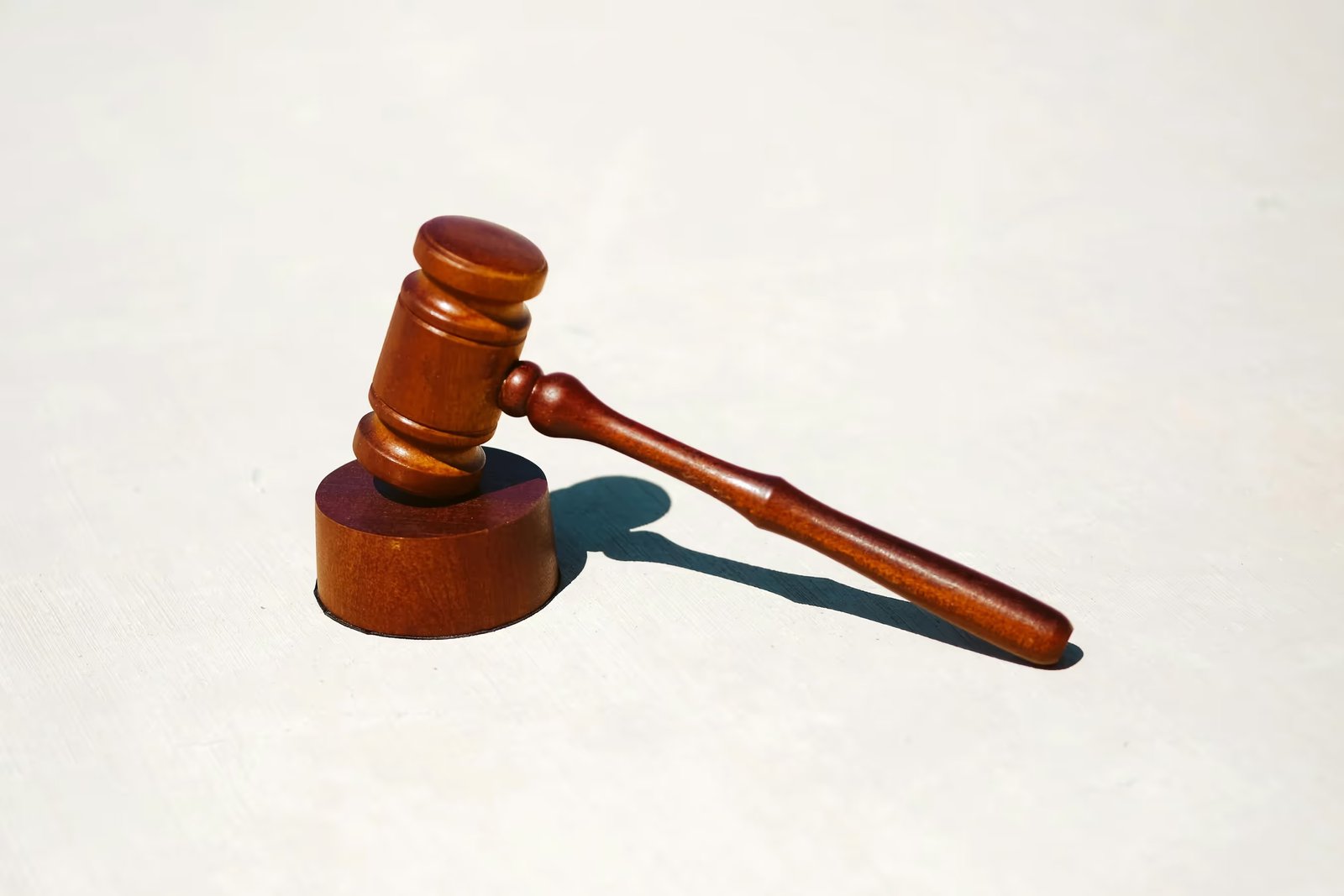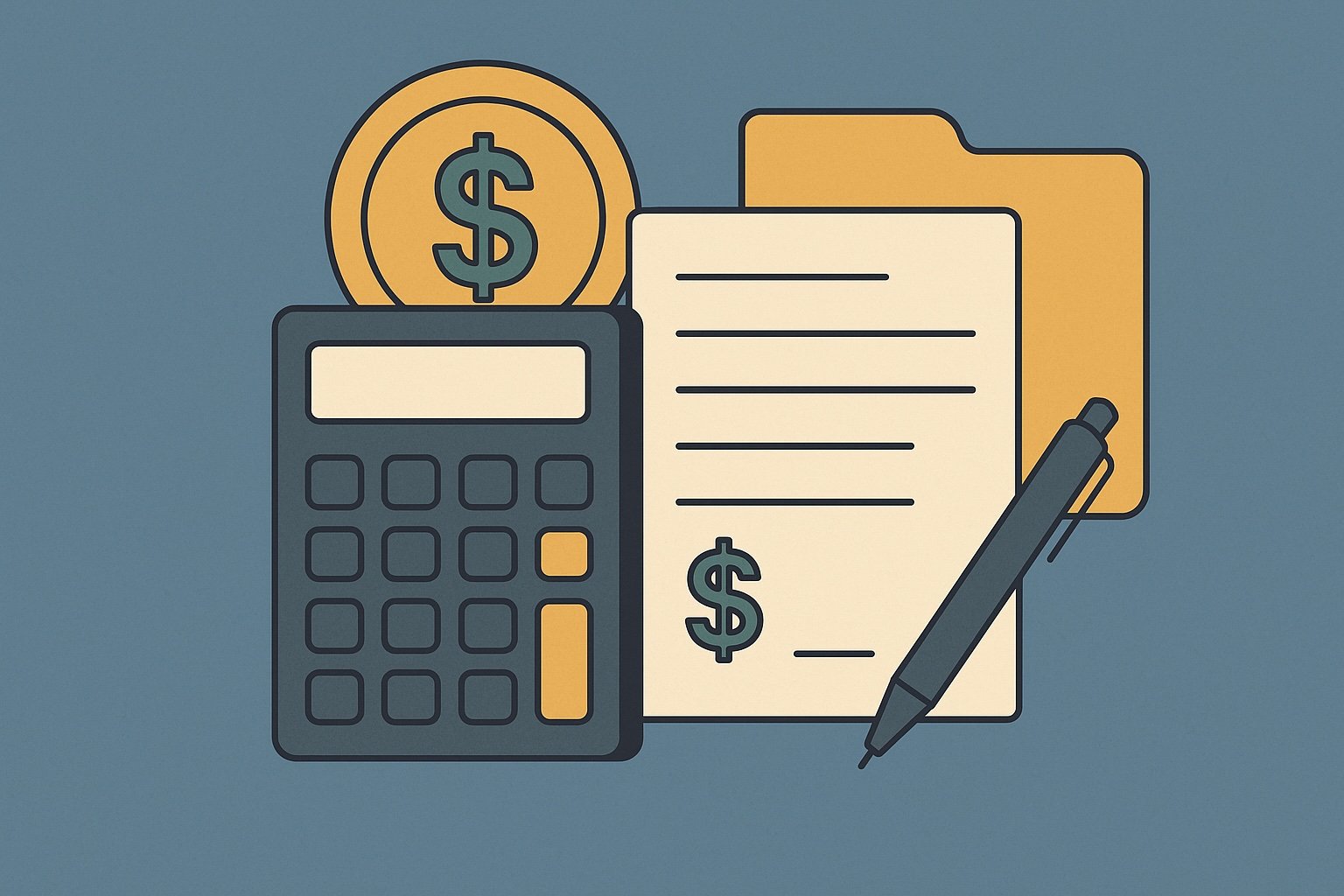Question
ARTE's Answer
A 1031 exchange, also known as a like-kind exchange, is a powerful tax-deferral strategy that allows real estate investors to defer capital gains taxes when they sell an investment property and reinvest the proceeds into a new, like-kind property. Here’s a step-by-step guide on how to execute a 1031 exchange, with an example to illustrate the process.
- Determine Eligibility: First, ensure that both the property you are selling (relinquished property) and the property you are buying (replacement property) qualify for a 1031 exchange. Both properties must be held for investment or business purposes, not for personal use.
- Engage a Qualified Intermediary (QI): This is where we at Deferred.com come in. As your QI, we facilitate the exchange by holding the proceeds from the sale of your relinquished property and using them to purchase the replacement property. This step is crucial because you cannot have actual or constructive receipt of the sale proceeds, or the exchange will be disqualified.
- Sell the Relinquished Property: Once you have a buyer for your relinquished property, the sale proceeds are transferred to us, your QI, rather than directly to you. This ensures compliance with IRS regulations.
- Identify Replacement Property: You have 45 days from the sale of your relinquished property to identify potential replacement properties. You can identify up to three properties regardless of their value, or more under certain conditions, as long as they meet specific value criteria.
- Purchase the Replacement Property: You must close on the replacement property within 180 days of selling your relinquished property or by the due date of your tax return (including extensions) for the year in which the relinquished property was sold, whichever comes first.
- Complete the Exchange: We, as your QI, will use the proceeds from the sale of your relinquished property to purchase the replacement property on your behalf. This step completes the exchange, allowing you to defer capital gains taxes.
Example: Let’s say you own an investment property, a rental home, that you purchased for $200,000. It’s now worth $400,000, and you want to sell it and buy a larger apartment building for $600,000. Here’s how the exchange would work:
- You sell the rental home for $400,000. After paying off a $100,000 mortgage and $20,000 in closing costs, you have $280,000 in net proceeds.
- You engage us at Deferred.com as your QI. We hold the $280,000 in a secure account.
- Within 45 days, you identify the apartment building as your replacement property.
- You close on the apartment building within 180 days. The purchase price is $600,000, so you use the $280,000 from the sale of your rental home as a down payment and secure a new mortgage for the remaining $320,000.
- We facilitate the transaction, ensuring the funds are properly transferred to complete the purchase.
By following these steps and using Deferred.com as your QI, you successfully defer the capital gains tax on the sale of your rental home, allowing you to reinvest the full amount of your equity into the new property. This strategy helps you build wealth by leveraging your investment capital more effectively.
Have more questions? Call us at 866-442-1031 or send an email to support@deferred.com to talk with an exchange officer at Deferred.
Sources
1031 Question? Ask ARTE
Deferred's AI 1031 Research Assistant is trained on 8,000+ pages of US tax law and outperforms human CPAs by 22%+
CHAT NOW
Learn More
See more frequently asked questions about 1031 exchanges








